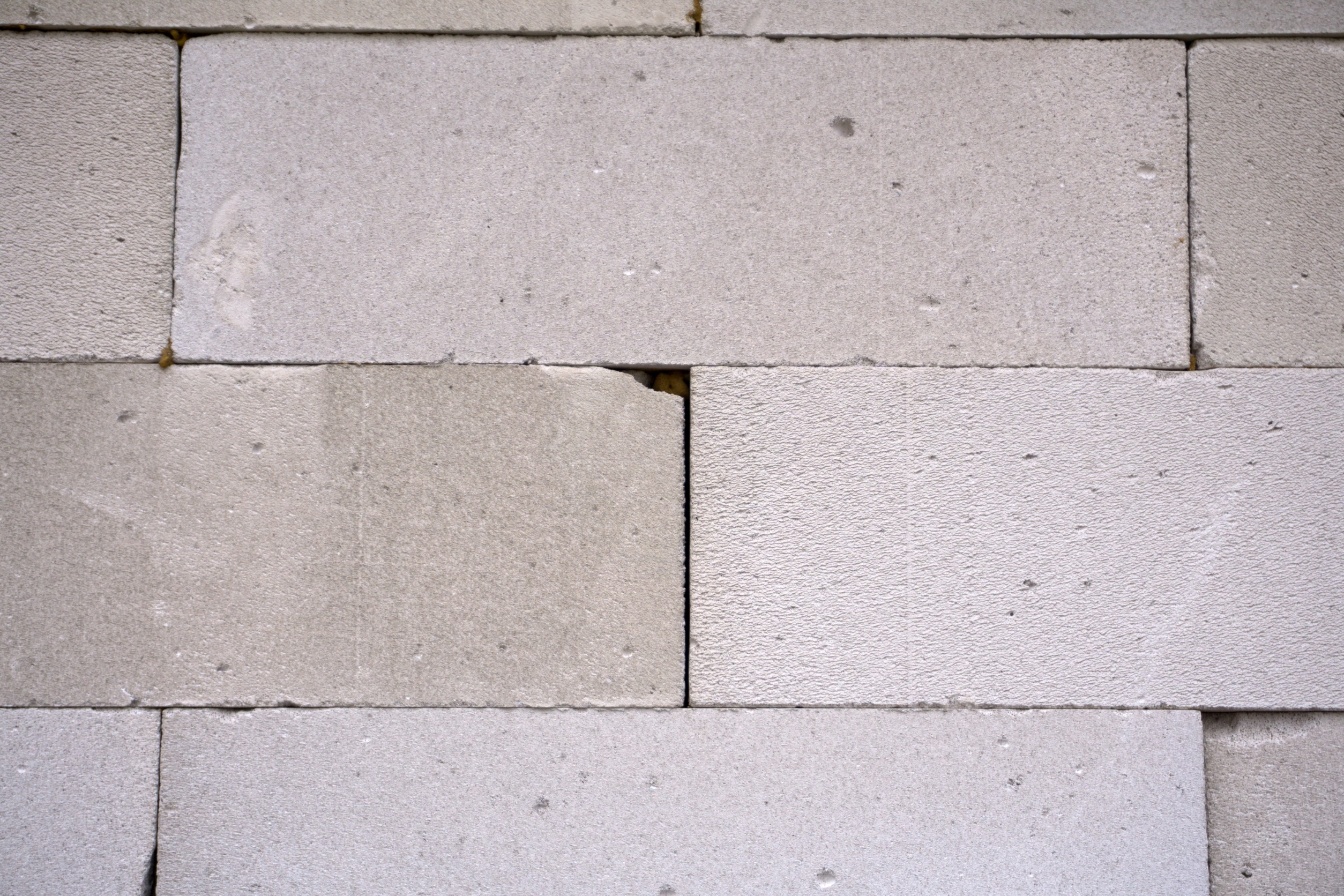As a fast-food restaurant chain that serves salads, Sweetgreen already has a much smaller environmental footprint than most of its burger-focused counterparts. It seems though, that the restaurant is not one to rest on its laurels.
In a bid to drive its sustainability efforts even further, Sweetgreen has recently set the goal of cutting its carbon footprint in half in the next six years while offsetting the rest of its emissions to achieve carbon neutrality by the same time.
Over the last year, the restaurant chain worked with Watershed — a consultancy company that helps businesses reduce emissions by calculating their carbon footprint across different points in their supply chains.
“The first step for us was just to measure and really understand where we’re at so we can make the right investments and set the right goals and the right reductions,” says Sweetgreen co-CEO and co-founder Nic Jammet.
To do that, the company approached each one of their suppliers to assess specific practices, such as the type of cattle feed used on a dairy farm or how it processes manure. According to Watershed co-founder Taylor Francis, understanding that level of detail is key to pinpointing exact areas where the most impact can be achieved.
Sweetgreen can then use this sort of data to choose suppliers with more environmentally-friendly track records or to help suppliers make investments to reduce each farm’s footprint. “It’s kind of amazing to see menu design decisions made thinking about carbon alongside all the other factors,” says Francis.
Menu changes might include replacing or adding new ingredients to their meals. For example, by adding cover crops the restaurant can help store more carbon in the soil because these can grow between main crops on a farm. Adding kelp can also help because seaweed actually captures more carbon than it emits.
To ensure that it will deliver on its goal, the company also plans to make changes inside its buildings, including shifting to renewables and more efficient appliances. Emissions that can’t be cut, would instead be offset so the chain becomes carbon neutral by 2027.












